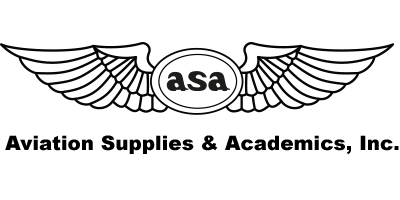ASATURBPLT4 TURBINE PILOT FLT MANUAL
Part #: ASATURBPLT4$39.56
compareOverview
Whether you’re preparing for a turbine aircraft ground school, priming for a corporate or airline interview – or even upgrading into your first personal jet or turboprop – The turbine pilot’s flight manual is designed for you. With precision and a sense of humor, authors Greg Brown and Mark Holt cover all the basics for turbine pilot operations, clearly explaining the differences between turbine aircraft and their piston engine counterparts. This manual clarifies the complex topics of turbine aircraft engines and all major power and airframe systems, subjects that are pertinent to flying bigger, faster, and more advanced aircraft. It includes discussions on high-speed aerodynamics, automation, wake turbulence, coordinating multi-pilot crews, navigating in high-altitude and adverse weather, air carrier operations, transport airplane performance, and professionalism and leadership development. You’ll be introduced to state-of-the-art cockpit instrumentation including flight management systems (FMS), global navigation (GPS) and head-up guidance systems (HGS or HUD). You’ll also learn the operating principles of hazard avoidance systems, including weather radar, ground proximity warning systems (EGPWS), and predictive wind shear systems (PWS), as well as navigation (RNAV/RNP), advanced communication procedures and equipment (datalink and ADS-B), and the latest engine performance management techniques (such as reduced vs. derated thrust). This fourth edition adds dozens of additional illustrations and updates in technology and terminology required for completion of an airline transport pilot certification training program (ATP-CTP). Included are an updated glossary of airline and corporate aviation terminology, handy turbine pilot rules-of-thumb, and a comprehensive turbine aircraft ‘Spotter’s Guide.’ The authors clarify these complex topics with a wealth of illustrations, and additional information is available online making these systems easier than ever to understand.
| Weight | 1.97 lbs |
|---|---|
| Dimensions | 10.75 × 8.25 × .75 in |
| Brands |
Specifications
• Dimensions: 8-1/4 x 10-3/4 in
• Publication Date: 2019
• Binding Type: Soft Cover
• Author: Greg Brown and Mark Holt
• Number of Pages: 400
• Edition: Fourth
• Domestic/Import: Domestic




There are no reviews yet.